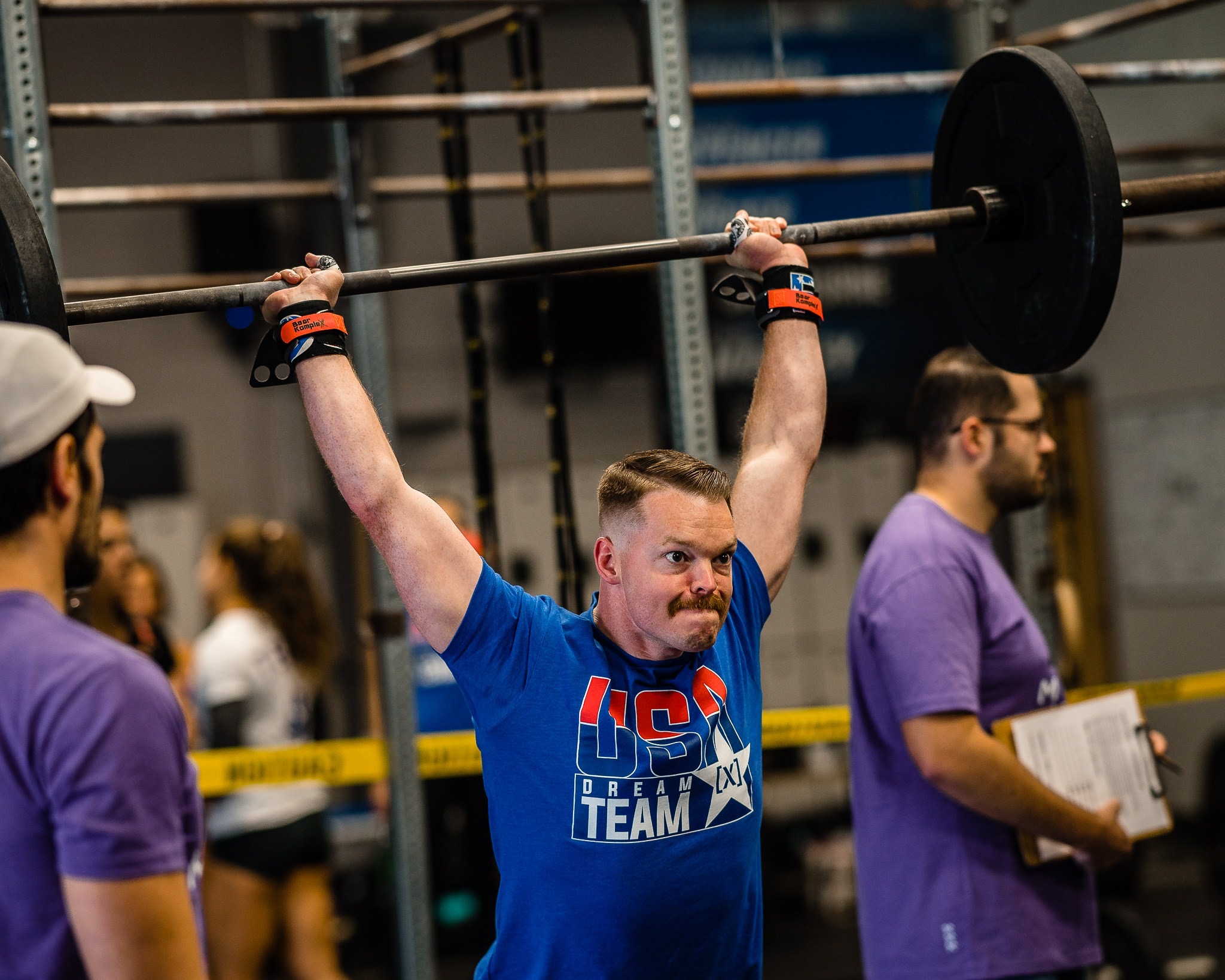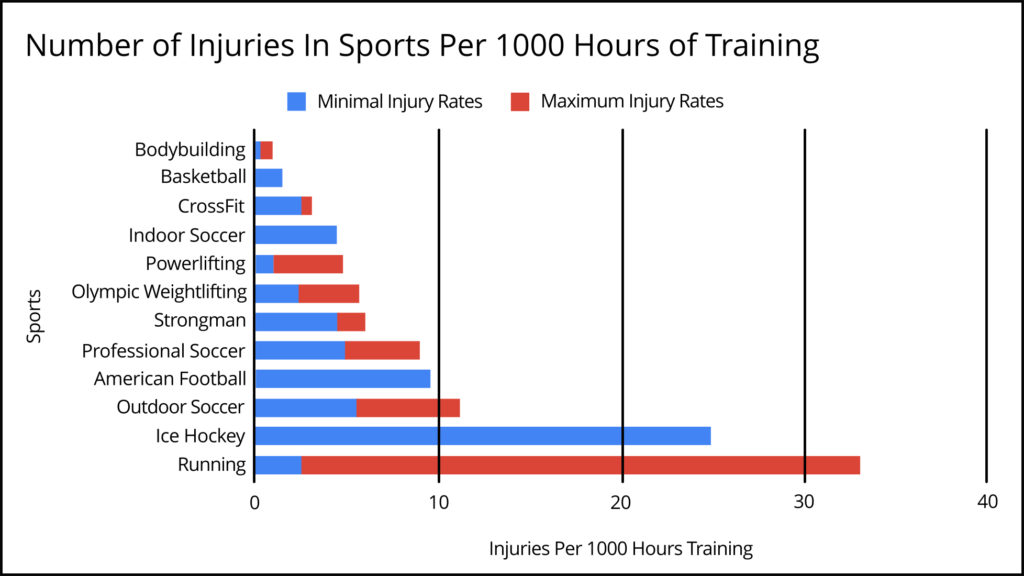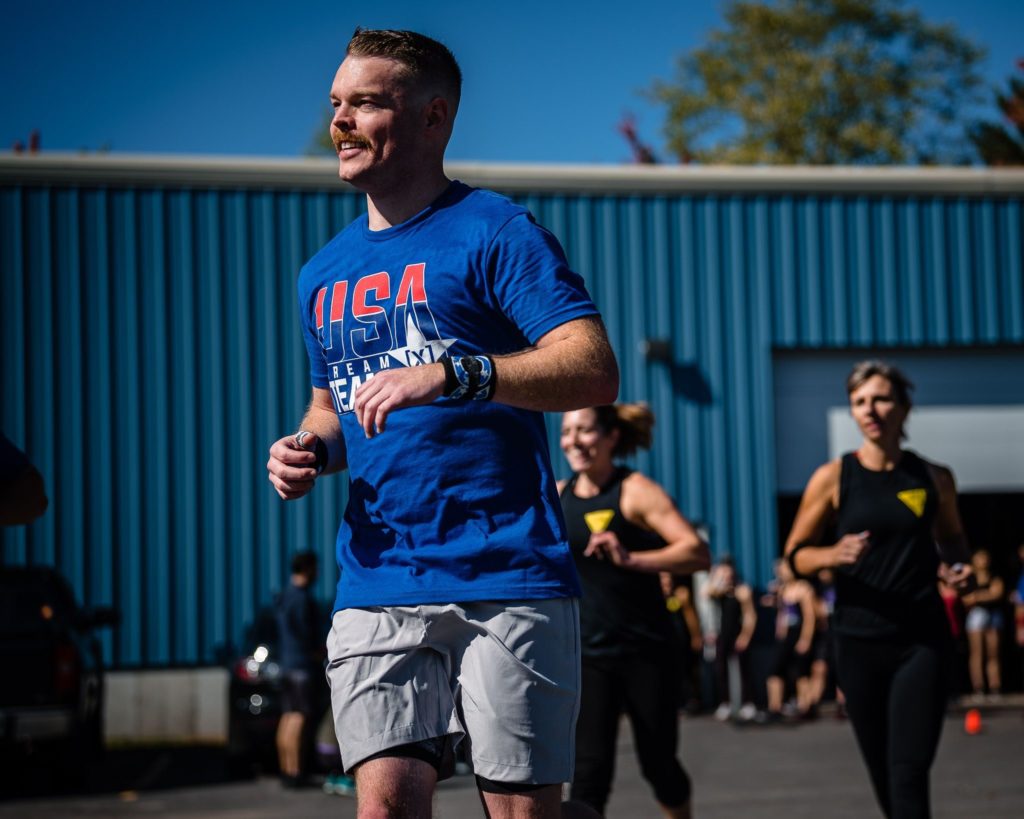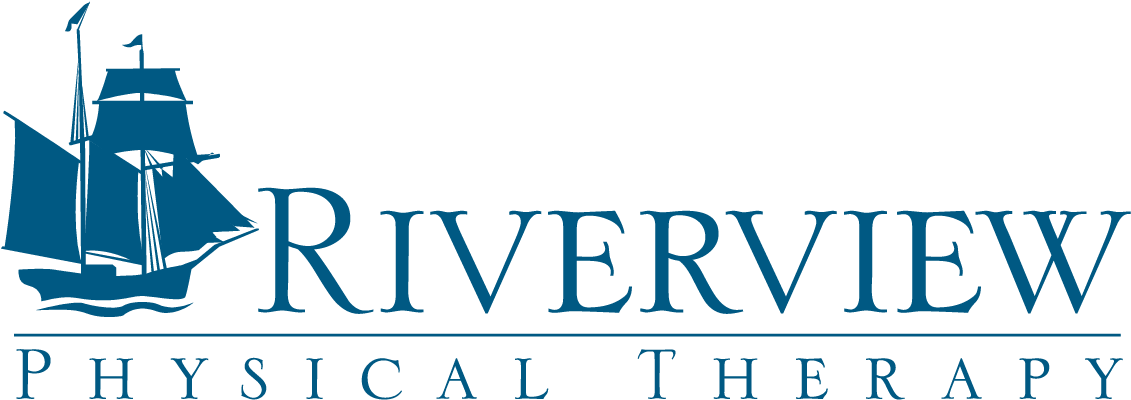
SHOULD YOU CROSSFIT?
CrossFit is no longer a form of exercise performed in small gyms; it is a phenomenon that has taken the world by storm. At its roots, CrossFit is a popular form of exercise utilizing high-intensity fitness programming that incorporates elements from many disciplines: including weightlifting, traditional cardiovascular exercise (running, jumping rope, biking, rowing), and basic gymnastic movements. The sport has grown to an international stage and the sport’s most elite athletes perform once a year at the popular televised CrossFit Games. Originally CrossFit started as a gym in Santa Cruz, CA and evolved into an online blog that offered free programming to anyone; with its growth CrossFit is now known worldwide for both the “Sport of Fitness” and as a training methodology.
HOW DO I KNOW IF I AM READY:
CrossFit is a challenge for even the most experienced and fit of athletes. That being said, the untrained or unfit should not shy away. Many CrossFit ‘boxes’ (the name for a CrossFit gym) offer a 6-week beginners’ class to gradually work you into the sport and safely introduce you to the movements. Movements performed in CrossFit can be scaled to a reasonable level of difficulty which can be completed by any individual at any fitness level. This allows Olympic athletes, grandmothers, and beginners to work out side by side. For example, if you cannot do a pull-up, coaches would have you stand on a box under the bar where you would utilize your leg strength to offset using just your arms; making the task of a pull-up easier.
ENVIRONMENT:
CrossFit boxes have a supportive community of members who are always encouraging throughout workouts and are always willing to share their personal progress story. Each box ‘gym’ has its own personality, which is feel based on the personas of the members. Although each box is different, they all have one common theme of providing a positive environment for each participant and encourage the improvement an individual’s fitness and function.

SAFETY:
CrossFit has been in the news since 2005 regarding the safety of the sport. Two common CrossFit misinterpretations are: the movements are too hard leading to injuries, and the coaches teaching classes are not properly educated. These statements are false. CrossFit routines contain movements that would be risky for anyone with a preexisting injury to perform, but that is the case with every sport. Research of peer-reviewed literature provides statistics stating CrossFit has a significantly lower injury risk than running and a similar injury risk to Olympic lifting, gymnastics, and powerlifting. Below is a chart visualizing the injury rates of 1000 hours of training per sport:

With the evidence of the aforementioned, done correctly, CrossFit is a safe choice. Let us now move onto the CrossFit Coach. To become a CrossFit coach, one must go through a comprehensive certification process. This process has received criticism by some over the past 4-5 years for not being rigorous enough, even though, a CrossFit coach must attend a 2-day course followed by an in-person examination. The two goals of the course are;
- To provide attendees with the knowledge to use CrossFit Methodologies successfully for themselves.
- To provide attendees with initial and foundational education to begin training others using CrossFit.

Despite the critique of the CrossFit Coach certification process, CrossFit certification programs require in-person attendance of a live course and demonstrate the ability to perform the movements. In comparison, to be certified as a personal trainer through some of the more popular associations such as ACE, NASM, NCSF, and ASCM only require a home study course and an online exam. This provides evidence that CrossFit is more hands on in their certification process and requires coaches to have the ability to perform and teach movements safely and correctly.
FREE CLASSES:
Becoming a member at a CrossFit box is expensive, but there are other options to get your toes wet in the sport. Some CrossFit boxes offer a “Sweaty Saturday” workout that is free to the general public. Many of the Sweaty Saturday classes are designed for individuals with no prior lifting experience and do not incorporate Olympic lifts or power lifts. The typical Sweaty Saturday is a mix of cardiovascular exercise and general strength training. Check with your local CrossFit affiliated box for details.
CROSSFIT FROM A PHYSICAL THERAPIST PERSPECTIVE:
CrossFit is an exciting sport that can be performed with a injury risk no higher than many popular sports. The key is to ease into the sport like you would any other sport. An individual cannot go from little exercise to playing 15 hours of tennis a week and be surprised when they get a tennis elbow injury. It is my opinion, as a physical therapist and CrossFit athlete, that CrossFit is a great activity to participate in if you are healthy enough for exercise. That being said, I am 100% for each individual finding any activity that gets them up and moving! Before beginning any new physical activity routine, it is suggested that you first consult with your physician.
AUTHOR:
Dr. “Ted” Edward S. Greeley II, P.T., D.P.T., C.S.C.S. is a physical therapist at Riverview Physical Therapy in Westbrook, ME. He enjoys CrossFit because of the internal competition the sport provides for him to better himself. When outside of
patient care or CrossFit, Ted enjoys skiing, rock climbing, ice hockey, and passing on his love of the outdoors to his son. He also enjoys attending conferences and courses to stay up to date with the newest research in his field.
ARTICLE RESOURCES: The Epidemiology of Injuries Across the Weight-Training Sports – Sports Med. 2017 www.fitnesspainfree.com
Running Injuries. A review of the Epidemiology Literature – Sports Med.
1992https://www.ncbi.nlm.nih.gov/pubmed/1439399
Incidence of Running-Related Injuries Per 1000 h of running in Different Types of Runners: A Systematic Review and Meta- Analysis – Sports Med. 2015 https://www.ncbi.nlm.nih.gov/pmc/articles/PMC4473093/
Quantifying the risk of sports injury: a systematic review of activity‐specific rates for children under 16 years of age – British Journal of Sports Medicine. 2007 https://www.ncbi.nlm.nih.gov/pmc/articles/PMC2465389/
CrossFit course website https://training.crossfit.com/
American Academy on Exercise websitehttps://www.acefitness.org/fitness certifications/default.aspx
